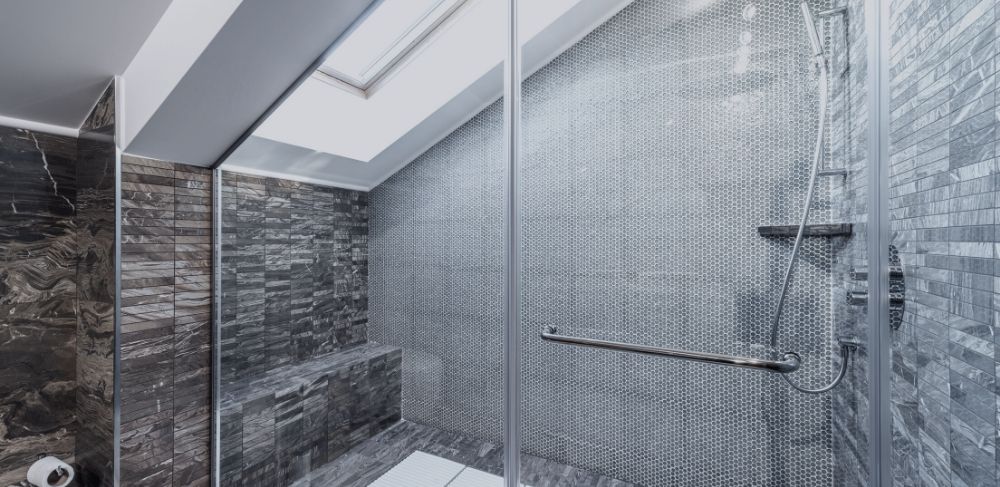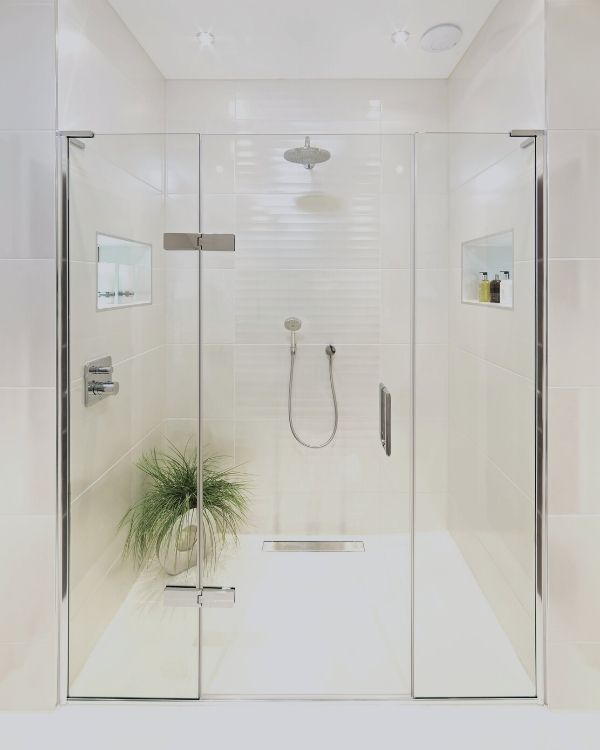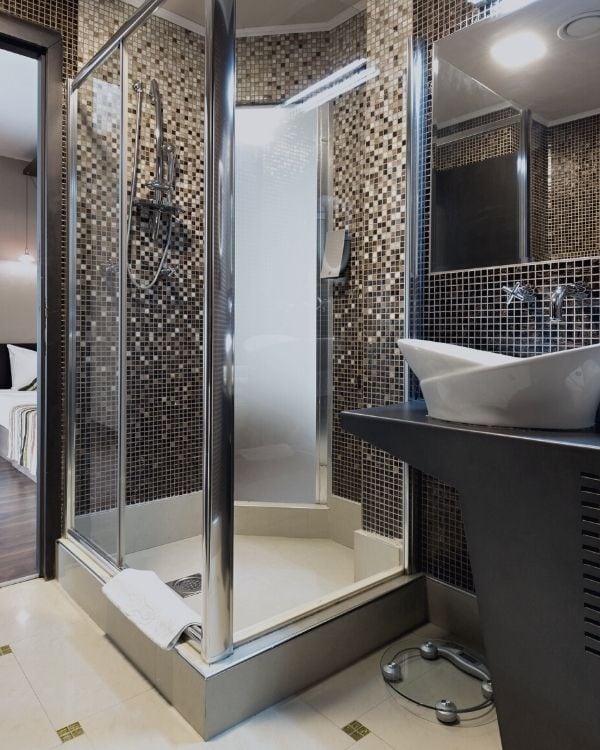Upgrade your Bathroom: The Benefits of Frameless Shower Doors
Bathrooms are no longer just bathrooms. They are an escape from everyday life. A quality shower door is not just an investment for your bathroom. It is also the perfect way to showcase it.
So, what is a frameless shower door, and is it better than a framed one?
What can you do when it’s time to replace your shower door?
There are many options available. Knowing which one will work best for you is important before making any purchases.

What is a frameless shower door?
A frameless shower door is the most popular type of enclosure for bathrooms. It has a glass front with little or no aluminum surrounding it. This way it provides an open and natural feel to your bathroom while still allowing you privacy due to its see-through feature.
Instead of having an aluminum framing around the sides, there are just a few small pieces that hold it up on each corner where it meets the glass panel. That way, this design looks more seamless.
Glass thickness varies, but thicker glass is always better. Thicker glass provides more advantages and generally lasts longer than thinner glass. It is less likely to break or crack.
Shower doors with frameless glass are a great way to make your bathroom feel like it has more space. When you have an open floor plan, this design is the perfect choice. There is less chance for water or other dirt particles to get trapped in between panes on the sides and on top. This way everything stays clean.
The frameless shower door is a simple and sleek design that offers the privacy of an enclosure without any metal framing.
Is a frameless shower door better than a framed one?
Framed shower doors are framed with durable aluminum on all sides. The frame makes your shower door more functional. Metals can be an excellent accent for shower doors. It really depends on your decor and style preferences.
However, frameless shower doors are often preferred because they require less maintenance than their framed counterparts. They also provide benefits such as easy cleaning and a low weight. Therefore, you should consider installing one in your home as well.
The thickness of the glass
The thickness of the frameless shower door varies from 0.95 cm to 4 cm. Frameless doors are slightly more prone to fall during and after installation. This doesn’t happen frequently, but sometimes it does happen. As you can imagine, the thicker the glass, the less likely it is to break.
However, thick glass has a higher price, and of course, it is difficult. Some bathrooms may not meet the structural needs of large 4 cm glass doors. Doors of this size may require additional reinforcement. Sometimes, that may not be possible. A lighter 0.95 cm inch glass door is enough most of the times. They are also easier to ship and install.
Door size
Measure carefully when choosing a shower door. Wait until all other bathroom renovation processes are completed to make sure you get accurate measurements.
You need to do a few measurements. Start with height. Measure from the top of the fiberglass or the tile on the wall to the shower floor. This measurement tells you the required standard door height.
Then measure the full width of the door. Measure the top, middle and bottom of the shower opening. If there is a difference in these measurements, check the angle. In a perfectly built bathroom, the walls should be parallel.
After performing all the measurements, consult an expert to select a door that is equal to or slightly smaller than your measurements. If you are considering hinged doors, make sure they can be opened without hitting anything else in the bathroom.

Types of frameless shower doors
Frameless shower doors do not have a metal frame around the edge of the door. They come in sliding and hinge versions. Both types can have a frame or rail to which they are attached. The metal is not attached directly to the edge of the door.
Frameless single sliding door – the frameless single sliding shower door has two glass panels, but only one of them slides. The fixed panel acts as an anchor for the sliding door design. These shower doors work well in bathrooms with a lot of space. They are cheaper than double sliding frameless shower doors.
Frameless double sliding shower doors – in a two-slide design, both shower doors can be opened or closed. This type of design works well in medium-sized bathrooms and smaller bathrooms. They allow access to the shower from both sides. They cost more than single-sliding doors and require a more complex and longer installation.
Hinged frameless shower door – this shower door opens like a bedroom door. Some doors with the door open only open outwards, while others can swing both inwards and outwards. Several designs have a hinge in the middle of the door that folds like a double closet door.
They are made in versions with single and double glass.
Hinged frameless glass doors take up less space, which makes them a great option for smaller bathrooms. Some doors are easier to clean because soap residue and mineral deposits do not get stuck in the track as it happens with sliding doors.

Bathroom hardware material
In general, it is a good idea to connect the shower hardware with the rest of the hardware in your bathroom. For transparent doors, make sure that the internal hardware matches the external ones as well.
Most hardware is made of aluminum, stainless steel, or a mixture of both. Many shower doors contain hardware in a variety of colors such as black, chrome and nickel. They also come in brushed, satin or matte finishes.
Conclusion: Frameless is indeed better rugs
Frameless shower doors make bathrooms bigger and easier to clean. Different door styles and hardware finishes offer different looks to suit a wide range of interior designs.




